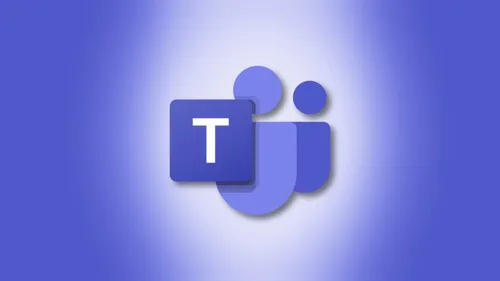
Knowledge base
November 10, 2020
Get your people on board with Microsoft Teams.
It’s no secret that Microsoft Teams has proven itself to be a major driver of digital transformation, enabling employees of any size company to collaborate on projects and share ideas, as well as communicate through instant messaging, video collaboration, and voice calls.
But while many progressive organizations are jumping on board the digital transformation train to meet the challenges of our dynamic global economy, the whole process can quickly turn sour if employees don’t apply the new technology.
Today I want to bring attention that the acceptance of Microsoft Teams can make or break: the human factor.
Disruption or transformation?
It’s fair to say that today’s technology is as disruptive as it is transformational, because it forces employees to completely change the way they work. The biggest mistake made in deploying digital transformation technologies like Microsoft Teams is the somewhat naïve assumption that everyone will want to use them. This is rarely the case.
The truth is that organizations can’t just go full steam ahead and implement a disruptive solution without ensuring that their employees are brought in, trained and given all the help they need to make the project a success.
Dodging the bullets
So how can today’s companies best address the potential minefield of user adoption to ensure that their digital transformation strategy is successfully implemented? Here are some tips to start with:
- Engage your employees to understand exactly how they work, how they communicate as a team, what technology they use and why. This of course varies by function.
- Carefully investigate any shortcomings and gaps in their current way of working. Discuss the issues and see where improvements are possible.
- Please note that different generations may not communicate or work in the same way. Millennials may immediately discover new technology, while older workers may need more time.
Armed with these valuable insights, companies can then look at the bigger picture of the organization, including:
- Identification of key departments and service areas throughout the organization.
- Understanding the specific role that each department and service area plays within the organization.
- Identification of the primary communication methods used today, both peer-to-peer communication and interaction between groups/teams, such as meetings.
- Identification of common interactions between internal departments and external stakeholders such as customers or partners.
- Understanding the key communication challenges facing each area today.
Let’s talk!
Once this information is in, companies should hold workshops to understand the objectives and needs of each part of the company.
This is also a great forum for employees to address any issues they may experience while working with current communication tools.
Taking it personally
These workshops help the company sort groups of employees into user characters, which are based on each employee’s role profile, the way they work, and what tools they need to do their jobs properly.
Most organizations end up with about four or five different user characters.
Never stop learning
After the user personas are defined, training is the next step in encouraging successful user acceptance.
Organizations need to identify users who benefit from training to make sure they’re comfortable with the new technology.
Power to the people
Adopting a human-centered strategy for every digital transformation project, including the adoption of Microsoft Teams, will greatly increase the chances of success.
Source: audio codes
Want to know more?

Related
blogs
Tech Updates: Microsoft 365, Azure, Cybersecurity & AI – Weekly in Your Mailbox.









